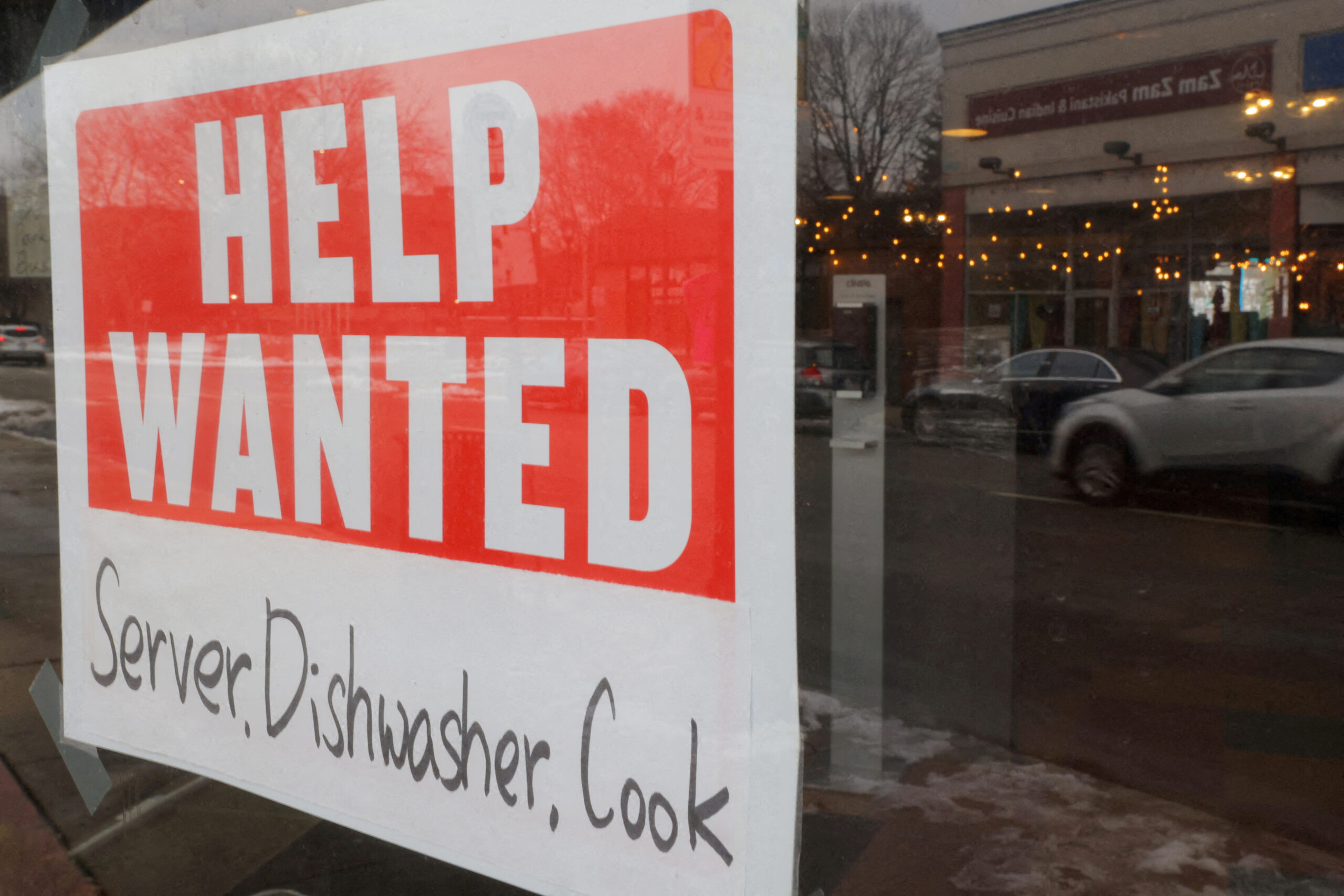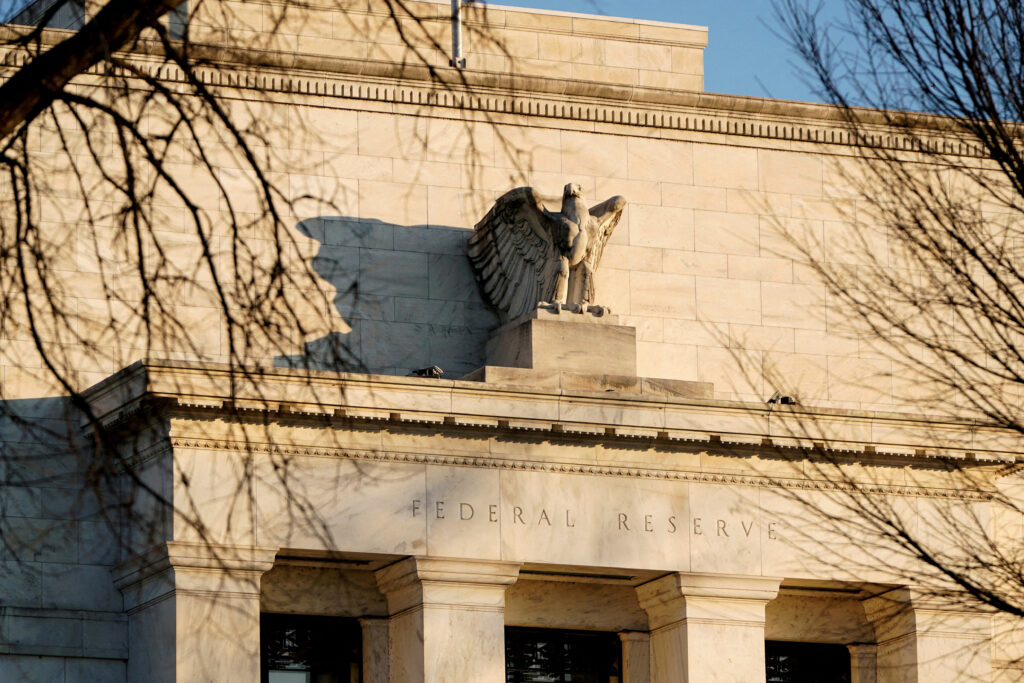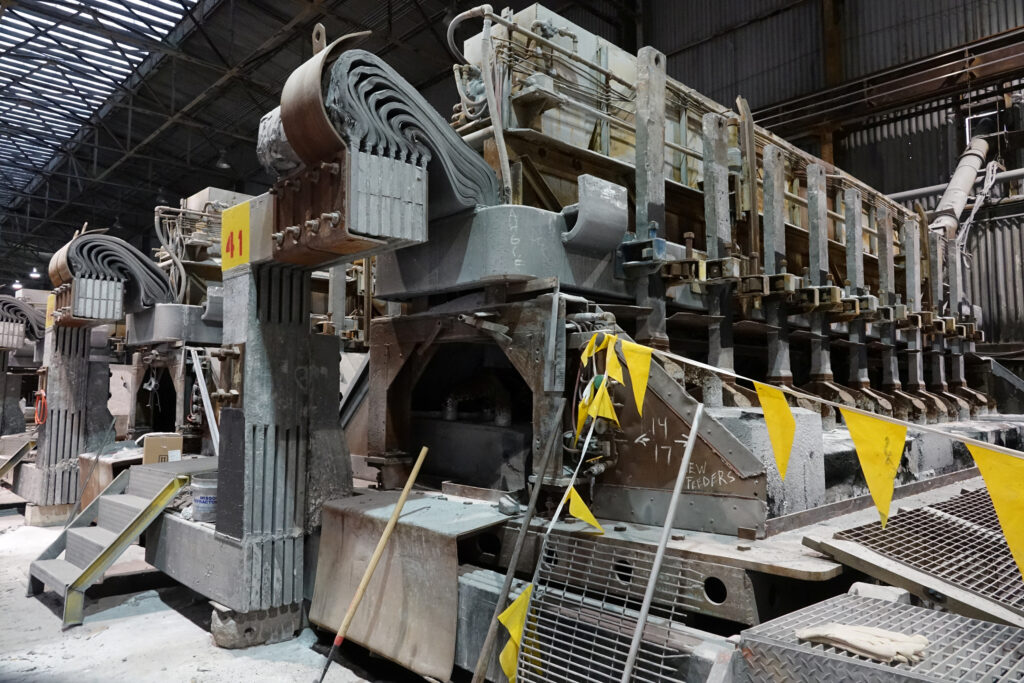WASHINGTON – U.S. private payrolls increased more than expected in September, boosted by hiring in the construction, leisure, and hospitality industries, adding to the evidence of a stable labor market.
The release of the ADP National Employment Report on Wednesday followed government data on Tuesday that showed there were 1.13 job openings for every unemployed person in August compared to 1.08 in July.
Private payrolls increased by 143,000 jobs last month after rising by an upwardly revised 103,000 in August, the report showed.
Economists polled by Reuters had forecast private employment would advance by 120,000 positions after a previously reported gain of 99,000 in August.
Construction employment increased by 26,000. The leisure and hospitality sector added 34,000 jobs. There were also solid job gains in education and health services as well as professional and business services. Modest payroll increases were recorded in the financial activities and manufacturing industries.
The information industry shed 10,000 positions, the only sector to report job losses. Last month’s job gains were spread across medium-sized and large businesses.
Small businesses, which had accounted for the bulk of employment gains in the past, shed 8,000 positions. Wages for workers remaining in their jobs increased 4.7% on a year-over-year basis after a rise of 4.8% in August.
That jump slowed to 6.6% for those changing jobs, down from a 7.3% advance in August. That is consistent with a decline in the number of workers quitting their jobs for greener pastures.
Last month, the Federal Reserve cut its benchmark interest rate by an unusually large 50 basis points to the 4.75%-5.00% range, the first reduction in borrowing costs since 2020, in a nod to rising concerns over the labor market’s health.
The U.S. central bank is expected to cut interest rates again in November and December.
IMPACT OF STRIKES
The ADP report, jointly developed with the Stanford Digital Economy Lab, was published ahead of the release on Friday of the more comprehensive and closely watched employment report for September by the Labor Department’s Bureau of Labor Statistics.
However, there isn’t much correlation between the ADP and BLS employment reports. Initial ADP prints have mostly understated private payroll growth this year.
“As ever, we caution against placing much weight on ADP’s initial estimate of private payroll growth, as it has been a poor guide since its methodology was overhauled two years ago,” said Samuel Tombs, chief U.S. economist at Pantheon Macroeconomics.
Sluggish hiring against the backdrop of an immigration-driven surge in labor supply is behind the labor market slowdown. The jobs report on Friday is expected to show that private payrolls increased by 125,000 in September after a rise of 118,000 in August, a Reuters survey of economists showed.
With expected solid gains in government employment, nonfarm payrolls are forecast to have increased by 140,000 last month after advancing by 142,000 in August. That would be well below the average monthly gain of 202,000 jobs over the past 12 months. The unemployment rate is forecast to be unchanged at 4.2%. It has increased from 3.4% in April 2023.
The outlook for the labor market in October is cloudy amid an ongoing strike by about 30,000 machinists at Boeing (NYSE: BA). Additionally, dockworkers on the U.S. East Coast and Gulf Coast walked off the job on Tuesday. Should these strikes continue past mid-October, they could have a detrimental impact on payrolls for the month.
“If the Boeing strike and the port strike last through the second week of October, job growth for October could be negative given the number of workers on strike and the likely number of non-union workers laid off because of the strikes,” said Nancy Vanden Houten, lead U.S. economist at Oxford Economics.
(Source: ReutersReuters)
Mary Lee is a freelance writer and journalist based in Toronto, Canada. She holds an M.S. degree in business and economic journalism from Columbia University’s Graduate School of Journalism in New York and a certificate in digital marketing from the University of Toronto. Read Full Bio










